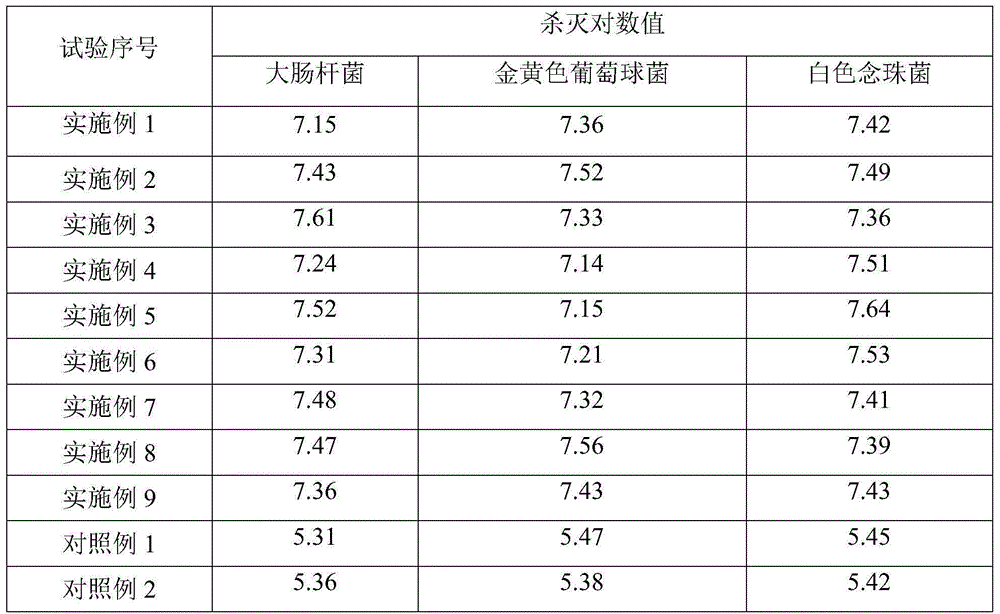Liquid wound dressing
A wound dressing and liquid technology, which can be applied to medical preparations without active ingredients, skin diseases, and medical preparations containing active ingredients, etc., can solve the problems of poor gel flow performance, long time consumption, wound irritation, etc., To achieve the effect of reducing surface potential energy, reducing surface tension and increasing permeability
- Summary
- Abstract
- Description
- Claims
- Application Information
AI Technical Summary
Problems solved by technology
Method used
Image
Examples
Embodiment 1
[0033] 0.2 kg of chlorhexidine acetate, 0.9 kg of sodium chloride and 0.8 kg of phosphate were added to 98.1 kg of deionized water and stirred evenly to obtain a liquid wound dressing.
Embodiment 2
[0035] Add 0.1kg of povidone-iodine, 0.3kg of polyhexamethylene biguanide, 2.4kg of sodium chloride, 0.1kg of potassium chloride, and 3kg of sodium carbonate into 94.1kg of deionized water, and stir evenly to obtain a liquid wound dressing.
Embodiment 3
[0037] Add 0.2kg of chlorhexidine acetate, 0.5kg of benzalkonium bromide, 0.7kg of sodium chloride, 0.1kg of potassium chloride, 0.1kg of calcium chloride and 3.2kg of sodium borate into 95.2kg of deionized water, and stir to obtain a liquid wound dressing.
PUM
 Login to View More
Login to View More Abstract
Description
Claims
Application Information
 Login to View More
Login to View More - R&D
- Intellectual Property
- Life Sciences
- Materials
- Tech Scout
- Unparalleled Data Quality
- Higher Quality Content
- 60% Fewer Hallucinations
Browse by: Latest US Patents, China's latest patents, Technical Efficacy Thesaurus, Application Domain, Technology Topic, Popular Technical Reports.
© 2025 PatSnap. All rights reserved.Legal|Privacy policy|Modern Slavery Act Transparency Statement|Sitemap|About US| Contact US: help@patsnap.com



